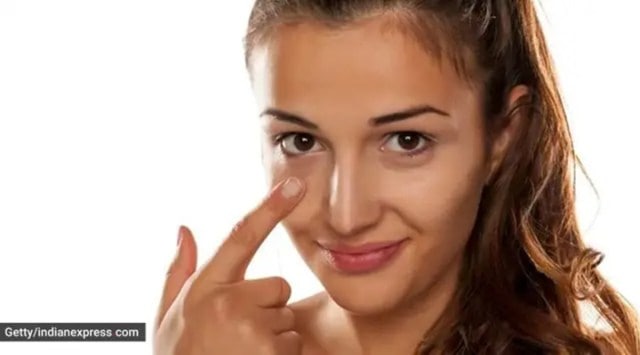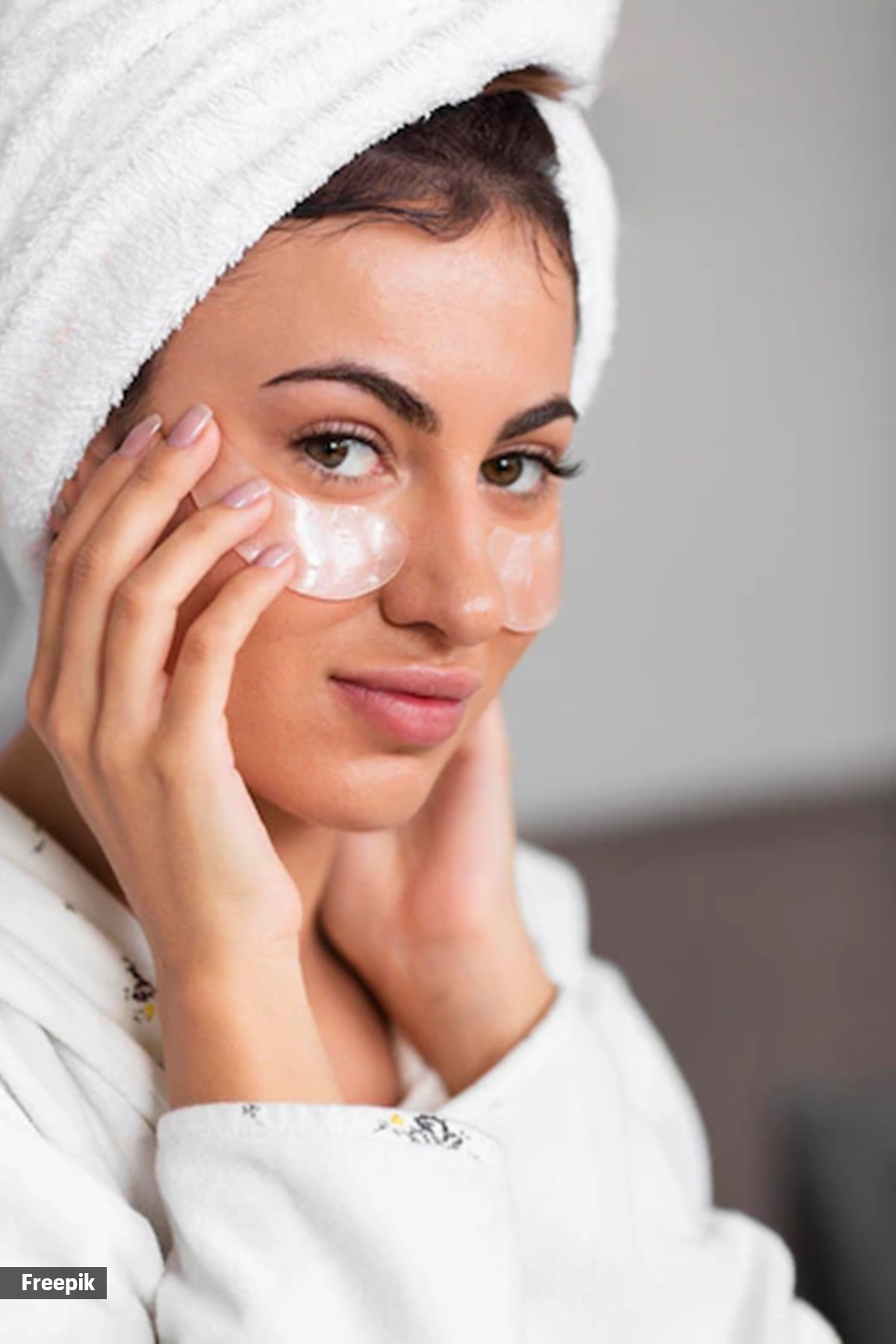📣 For more lifestyle news, click here to join our WhatsApp Channel and also follow us on Instagram
Peri-orbital hyperpigmentation: Understanding the causes, types, and effective treatments
"Dark semi-circular areas underneath the eye is called peri-orbital hyperpigmentation," said Dr Natasha Vijayendran, Board Certified Dermatologist & Hair Transplant Surgeon.
 Under-eye bags can be one of the most common skin concerns most people face, irrespective of gender and age. (Source: Getty Images/ Thinkstock)
Under-eye bags can be one of the most common skin concerns most people face, irrespective of gender and age. (Source: Getty Images/ Thinkstock)While people attention to their skin and hair, they often end up forgetting their eyes. Not taking good care of your eyes can cause peri-orbital hyperpigmentation, commonly known as dark circles, making your face look dull and fatigued. These under-eye bags can be one of the most common skin concerns most people face, irrespective of gender and age.
Dr Ramdas, Senior Dermatologist, Kamineni Hospitals, Hyderabad said, “Dark circles, the bothersome shadows under the eyes, can greatly affect one’s appearance and self-confidence. Although they are not usually a health concern, understanding their causes and treatment options can help combat this aesthetic issue.”
But, before you begin treating them, you must understand some basic facts about dark circles. Recently, Dr Natasha Vijayendran, Board Certified Dermatologist & Hair Transplant Surgeon, took to Instagram to share some vital information about dark circles.
“Dark semi-circular areas underneath the eye are called peri-orbital hyperpigmentation. It is a major cosmetic concern as it is associated with a tired, fatigued appearance. Almost everyone will develop some form of under-eye pigmentation in their lifetime. In adults, it is more common in people with skin of colour,” she explained.
View this post on Instagram
According to her, it is triggered by a host of factors such as stress, lack of sleep, smoking, certain medications, genetics, allergies, pigmentary demarcation lines or PDLs, anatomy and ageing.
Adding to this, Dr Ramdas said, “The causes of dark circles can vary, including genetics, thinning skin due to ageing, pigmentation irregularities, sleep deprivation and fatigue, allergies and nasal congestion, and lifestyle factors such as excessive alcohol consumption and smoking.”
Further, Dr Vijayendran shared that there are four types of dark circles: pigmentation, hollowness, vascular, and puffiness. “Pigmented dark circles are an extension of PDL or ethnic variation. Hollowness is a result of the structure of the orbital bone causing a shadowing effect. Vascular dark circles appear as bluish-green discolouration under the eye. Puffiness, on the other hand, is mild swelling leading to eye bags.”
There are several reasons why you may be unsuccessful in treating your dark circles, such as:
*Not addressing lifestyle changes: Ongoing stress, lack of sleep, and not cutting down on smoking and alcohol
*Lack of sun protection: The under-eye area is commonly missed during sunscreen application
*Lack of patience: Depigmenting creams take time to work
*Unrealistic expectations: No cream or serum can 100% reduce dark circles. The shadowing effect cannot be treated by creams.
*Underlying cause not addressed: Continuous scratching from eczema or eye irritation
 Topical treatments such as retinoids, skin-lightening creams, and eye creams with specific ingredients can also be effective. (Source: Freepik)
Topical treatments such as retinoids, skin-lightening creams, and eye creams with specific ingredients can also be effective. (Source: Freepik)
Dr Ramdas explained that to treat dark circles, skincare and lifestyle modifications are essential. “Adequate sleep, hydration, sun protection, a healthy diet, and avoiding smoking and excessive alcohol consumption can help reduce their appearance. Topical treatments such as retinoids, skin-lightening creams, and eye creams with specific ingredients can also be effective. In more severe cases, medical procedures like chemical peels, laser therapy, and dermal fillers may be recommended. Chemical peels exfoliate the skin and improve pigmentation irregularities, laser therapy targets melanin or blood vessels, and dermal fillers can plump the under-eye area,” he said.
Concluding, he said, “By understanding the causes and types of dark circles and exploring appropriate treatment options, individuals can address this cosmetic concern and enhance their overall appearance and self-esteem.”
📣 For more lifestyle news, follow us on Instagram | Twitter | Facebook and don’t miss out on the latest updates!
📣 For more lifestyle news, click here to join our WhatsApp Channel and also follow us on Instagram



- 01
- 02
- 03
- 04
- 05
























